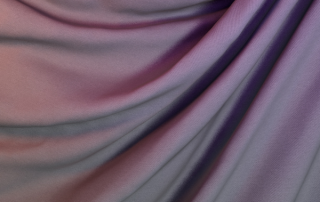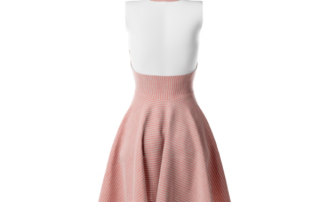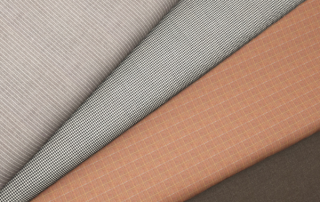Understanding 3D Texture Mapping in Digital Fashion
Digital textiles, the foundation of digital fashion, are only as accurate as the science behind them. Texture maps are an essential, albeit highly complex element of 3D textiles. A variety of unique physical and mechanical attributes determine the way a single fabric appears and behaves. As such, each of these properties requires an individual texture map. In this article we’ll look more closely at: A definition and brief history of texture mapping The relevance of texture mapping in the fashion and textile industries Types of texture maps and examples Texture map file types and 3D rendering software The future of
Your Job Just Got Easier: Textura’s Impact on Fashion Supply Chain Efficiency
It’s not just designers that have a need for digital textiles. Many jobs across the fashion supply chain can leverage 3D textile simulation software in this rapidly-evolving shift toward digitalization. SEDDI Textura is one such solution that offers an unwavering path forward in a world of constant disruption. Just how much positive influence Textura can have on the fashion industry is truly up to the user. Here’s a glimpse of how SEDDI’s groundbreaking digital textile technology is redesigning roles in fashion’s global supply chains, including: Mill Workers Designers and Technical Designers Sourcing and Production Managers Product Managers, Buyers, and Merchandisers
3D Virtual Sampling Software: The Sustainable Future of Fashion
Some software applications claim to reduce the volume of physical samples that the fashion industry produces. Fashion professionals, however, have an affinity for the tactile, dynamic nature of physical prototypes. How does an industry built on movement and texture let go of the sensory to embrace more sustainable and flexible solutions that technology has to offer? In this article, find out: New technological innovations that reduce physical fabric sampling Why now is the time for brands, mills, and manufacturers to move toward 3D sampling How accurate digital fabrics can help bridge the gap between the tactile nature of fashion



